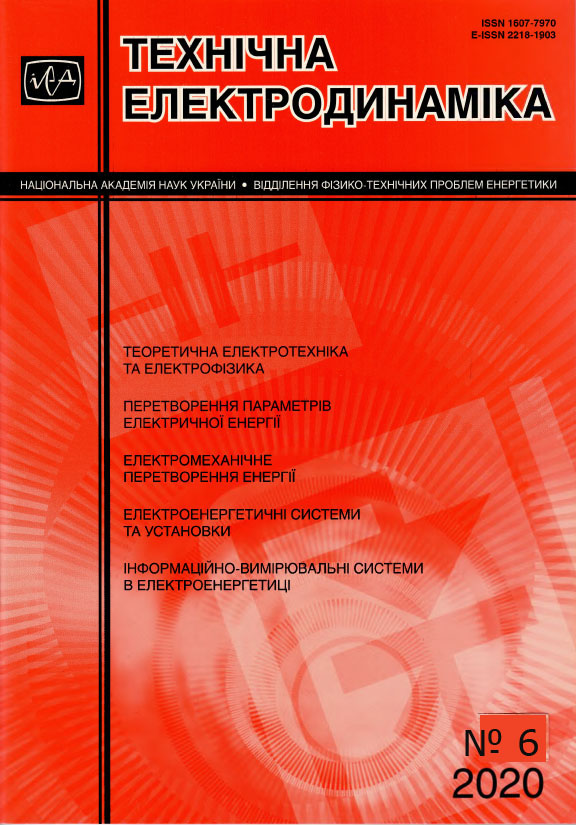Abstract
The composition of a two-channel switching power supply for electrodynamic processing of welded joints is determined, which consists in simultaneous action on a limited area of the electric current seam and compressive force of the electrode of such values that the electroplastic effect becomes possible. A linear electromechanical induction transducer is used to create the force pressure. The duration of the compressive phase of the power pulse is chosen to be longer than the duration of the current pulse, which reduces the probability of rupture of the electrical circuit and the release of thermal energy. By controlled delay of the beginning of the current pulse, synchronization of both factors of the electroplastic effect is achieved. The parallel inclusion of semiconductor devices that switch the discharge circuit alternately is proposed, which in the conditions of operation of electrical equipment with a pulse frequency of up to 10 Hz reduces the heat load. Experimental studies have shown a twofold increase in the number of cycles before the destruction of the samples with symmetrical bending. Comparison of two-channel and single-channel electrodynamic processing revealed a twofold reduction in power consumption in a two-channel device. References 8, figures 3, table 1.
References
Lobanov, L., Kondratenko, I., Zhiltsov, A., Pashchin, N., and Mikhodui, O. Development of post-weld electrodynamic treatment using electric current pulses for control of stress-strain states and improvement of life of welded structures. Materials performance and characterization. 2018. Vol. 7. No 4. Pp. 2379-1365. DOI: https://doi.org/10.1520/MPC20170092.
Knysh V.V., Klochkov I.N., Pashulya M.P., Motrunich S.I. Improvement of fatigue resistance of thin-sheet welded joints of aluminium alloys using high-frequency peening. Automatic welding. 2014. No 5. Pp. 22-29. (Rus)
Finkel V.M., Ivanov V.M., Golovin Y.I. Healing of cracks in metals by crossed electric and magnetic fields. Strength problems. 1983. No 4. Pp.54-58. (Rus)
Knysh V.V. Determination of cyclic durability of structural elements during braking of fatigue cracks. Automatic welding. 2000. No 9-10. Pp. 73-75. (Rus)
Baranov Yu.V., Troitsky O.A., Avraamov Yu.S., Shlyapin A.D. Physical fundamentals of electropulse and electroplastic treatments and new materials. Moskva: MGIU, 2001. 844 p. (Rus)
Kondratenko I.P., Zhyltsov A.V., Pashchyn N.A., Vasyuk V.V. Selecting induction type electromechanical converter for electrodynamic processing of welds. Tekhnichna elektrodynamika. 2017. No 5. Pp. 83–88. (Ukr) DOI: https://doi.org/10.15407/techned2017.05.083
Kalantarov P.L., Tsejtlin L.A. Calculation of Inductance: Reference book. Leningrad: Energoatomizdat, 1986. 488 p. (Rus).
Yakovleva T.Iu. Local plastic deformation and fatigue of metals. Kyiv: Naykova dymka, 2003. 238 p.(Rus).

This work is licensed under a Creative Commons Attribution-NonCommercial-NoDerivatives 4.0 International License.
Copyright (c) 2020 Array






